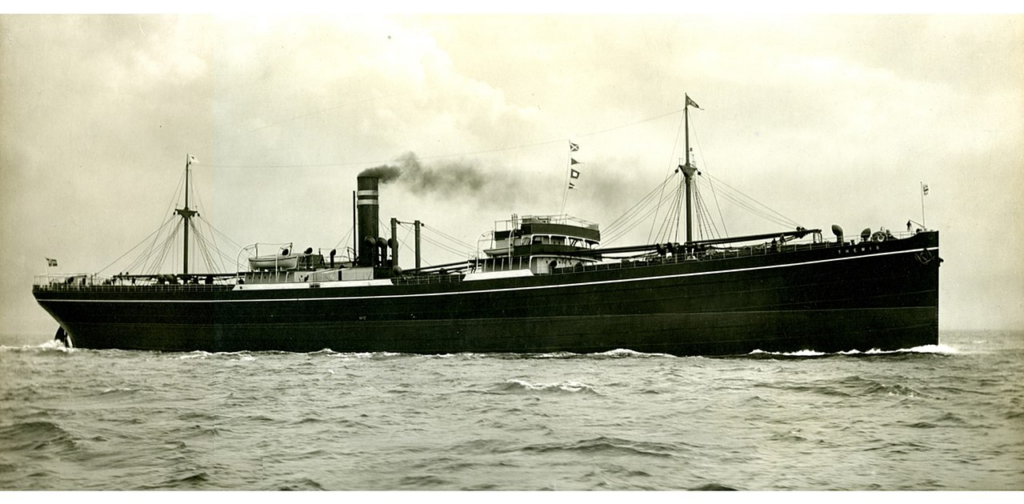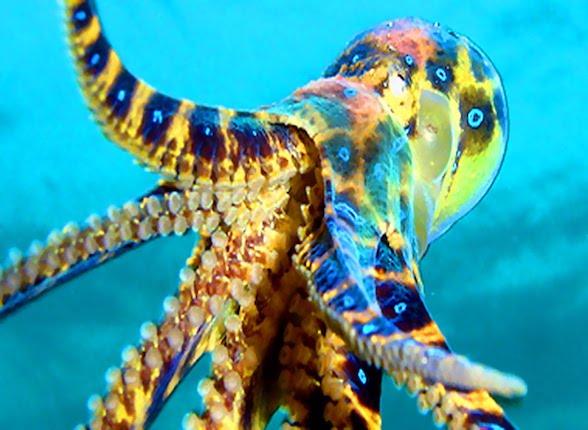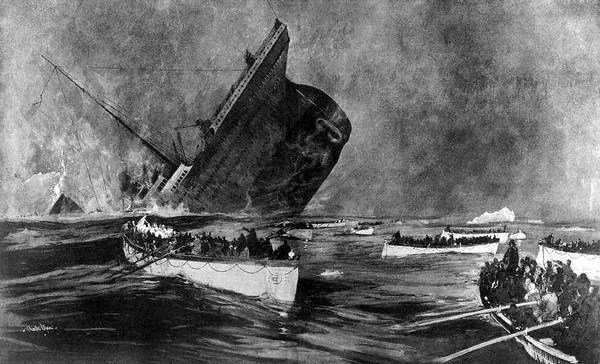From the cold, nutrient-rich waters of British Columbia to the St. Lawrence River and the dramatic seascapes of Newfoundland, wreck diving in Canada provides a mix of natural beauty and historical intrigue. These wrecks range from WWII freighters and luxury liners to small schooners and even airplanes, each with its own story and ecosystem. Whether you’re a recreational diver seeking accessible sites or a technical diver ready to push your limits, Canada’s wreck diving opportunities are as varied as its landscapes.
7. Boeing 737.
A decommissioned Boeing 737 airplane was deliberately sunk in 2006 near Chemainus as part of an artificial reef program. This unusual wreck rests at depths of 18 meters (60 feet), offering divers a chance to explore its intact fuselage and wings. The airplane is encrusted with marine growth and is home to lingcod and rockfish. Visibility is generally good.
· Location: Chemainus, Vancouver Island, British Columbia.
· Average Water Temperature: 8–12°C (46–54°F).
· Best Time to Dive: May to October.

8. Capilano.
The Capilano was a wooden ferry that served as a vital mode of transportation for passengers and goods between Vancouver and nearby islands in the early 20th century. It sank near Bowen Island in 1915, reportedly due to a collision or structural failure. Over the decades, the wreck has evolved into a thriving artificial reef, providing a home for diverse marine life.
Resting at a depth of 27 meters (90 feet), the wreck is partially broken but retains enough structure for divers to recognize its original form. The wooden beams and framework are heavily encrusted with soft corals, sponges, and anemones, creating a beautiful underwater scene. Visibility varies depending on seasonal plankton blooms and tides but is typically 8–15 meters.
· Location: Near Bowen Island, British Columbia.
· Average Water Temperature: 7–12°C (45–54°F).
· Best Time to Dive: May to October
9. SS Themis.
The SS Themis is a wooden sailing ship that was used for cargo transport, particularly during the height of coastal trading in the 19th century. It sank in 1901 near Prince Rupert and is a historic wreck with unique features.
The wreck lies at 18–30 meters (60–100 feet) and is heavily encrusted with marine growth. While broken, the wreck offers a chance to see remnants of its structure and cargo. Marine life includes wolf eels and colorful anemones.
· Location: Croker Rock, near Port Hardy, Vancouver Island, British Columbia.
· Average Water Temperature: 8–12°C (46–54°F).
· Best Time to Dive: May to September.

10. Empress of Ireland.
The Empress of Ireland is a passenger liner that sank in 1914 after colliding with another vessel, resulting in the loss of over 1,000 lives. The Empress of Ireland was a luxury ocean liner used to transport passengers and mail between Canada and Europe. It measured 174 meters (570 feet) long.
Sitting at 45 meters (148 feet), this wreck is a haunting yet fascinating site with artifacts scattered throughout. Visibility can be low, the water is cold, and the currents can be strong. All of which makes this a challenging dive for experienced technical divers.
From May to October, the St Lawrence River is also home to numerous whales, including blue, fin, and humpback whales. Keep your eyes peeled for these magnificent animals.
· Location: St. Lawrence River, Quebec.
· Average Water Temperature: 2-4°C (36-39°F) at the wreck.
· Best Time to Dive: Late spring to early summer and after dry weather.
11. SS Keystorm.
The SS Keystorm was a 76-meter (250-foot) steel freighter built in 1909. It sank in 1912 after striking Scow Island Shoal while carrying a cargo of coal. The wreck lies on its starboard side, with depths of 6-35 meters (20-115 feet).
The combination of depth, currents, and potential for penetration makes it best suited to technical diving. Divers can explore the intact structure, including the cargo holds and engine room. The site is known for having abundant freshwater life.
· Location: St. Lawrence River, near Brockville, Ontario.
· Average Water Temperature: 4–19°C (39–67°F) depending on season and depth.
· Best Time to Dive: June to October.
12. SS Rose Castle.
The SSI Rose Castle is a WWII-era iron ore freighter sunk by German U-boats in 1942 during an attack on Bell Island. It was used to transport iron ore from Newfoundland to steel production plants and is 123 meters (403 feet) long.
Sitting upright at a depth of 33-48 meters (108–157 feet), this technical wreck dive is part of a cluster of ships at Bell Island. Its intact structure and abundant marine life make it a favorite among technical divers.
· Location: Bell Island, Newfoundland.
· Average Water Temperature: 0-7°C (32–45°F), with as low as -2°C (28°F) in the holds where water doesn’t move.
· Best Time to Dive: July to September. Be aware that snow typically falls from November to May, with occasional snowfall in May and October.
What Training Do You Need to Go Wreck Diving in Canada?
Wreck diving in Canada requires proper training to ensure safety, especially if you plan to penetrate a wreck. There is also the cold water to consider and potentially strong currents in places such as the St. Lawrence River.
To enjoy exploring Canada’s wrecks, you need to be experienced in dry suit diving, and cold-water diving. Technical wreck diving certifications, such as Extended Range Wreck Diver and Technical Wreck Diver, provide the skills needed to tackle the most challenging wrecks.
While most of the wrecks are accessible to divers without special permits, it’s essential to ask your local diver center about regulations and guidelines before diving. Some sites may have specific requirements or restrictions to ensure the preservation of the wreck and the safety of divers.
Equipment for Wreck Diving in Canada.
Cold-water wreck diving demands specialized gear. Here’s what you’ll need:
· Drysuit and Undergarments: To stay warm in cold waters. Remember, the water temperature inside wrecks can be colder than the surroundings, so plan accordingly.
· Dive Light: For navigating wreck interiors.
· Reel and Line: For marking your entry and exit points.
· Cutting Tools: In case of entanglement.
· Backup Mask and Light: In case of failure.
Kathryn Curzon, a dive travel writer for Scuba Schools International (SSI), wrote this article.







Leave A Comment